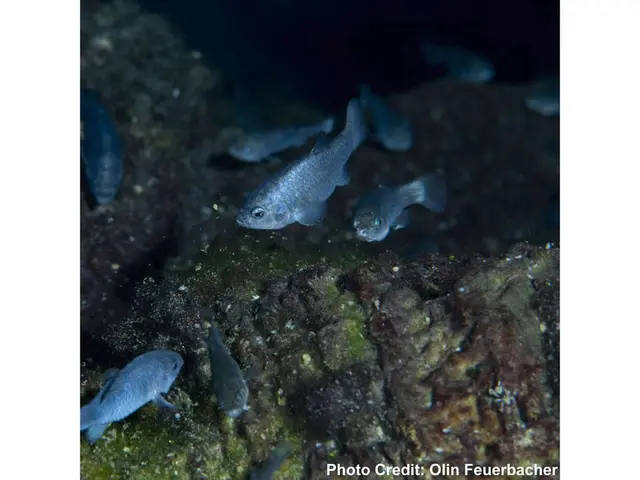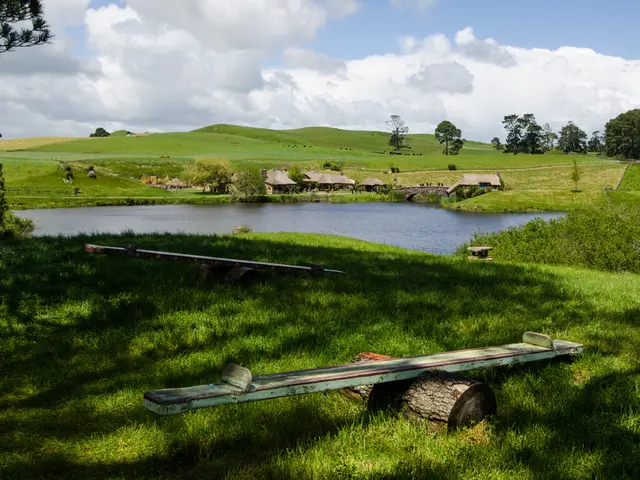New Method Predicts Arctic Shipping Pollution Risk, Warns of Potential $7.5B Oil Spill Impact
A new method has been developed to predict the risk of pollutants from increased Arctic shipping activity, as the Northwest Passage (NWP) opens to more traffic due to Arctic ice melt. This comes as a warning of the potential socio-economic impacts of Arctic oil spills, which can accelerate quickly without intervention, as seen in a study simulating the Exxon Valdez disaster in the Rankin Inlet region.
The study estimated that an oil spill in Rankin Inlet, with no intervention, could cost $500 million in the first year, escalating to $7.5 billion by the fifth year. Clean-up efforts are challenging due to the harsh Arctic environment and remoteness, with almost no infrastructure along the NWP in Canada's Arctic to aid response efforts. Indigenous communities would be particularly devastated by such an event.
A comprehensive risk assessment method has been developed to help decision-makers assess these impacts. This method can serve as a decision-making tool for policy makers, insurance companies, and government institutions responsible for risk assessment and emergency response. Unfortunately, specific information about the authors or their affiliations for the paper published in the Journal Risk Analysis is not available.
The increased shipping activity in the Arctic, due to melting ice, poses significant environmental risks. A new predictive method and risk assessment tool are now available to help mitigate these risks and prepare for potential oil spills. However, the unique challenges of the Arctic environment and the potential socio-economic impacts on indigenous communities highlight the urgent need for proactive measures and robust response plans.







